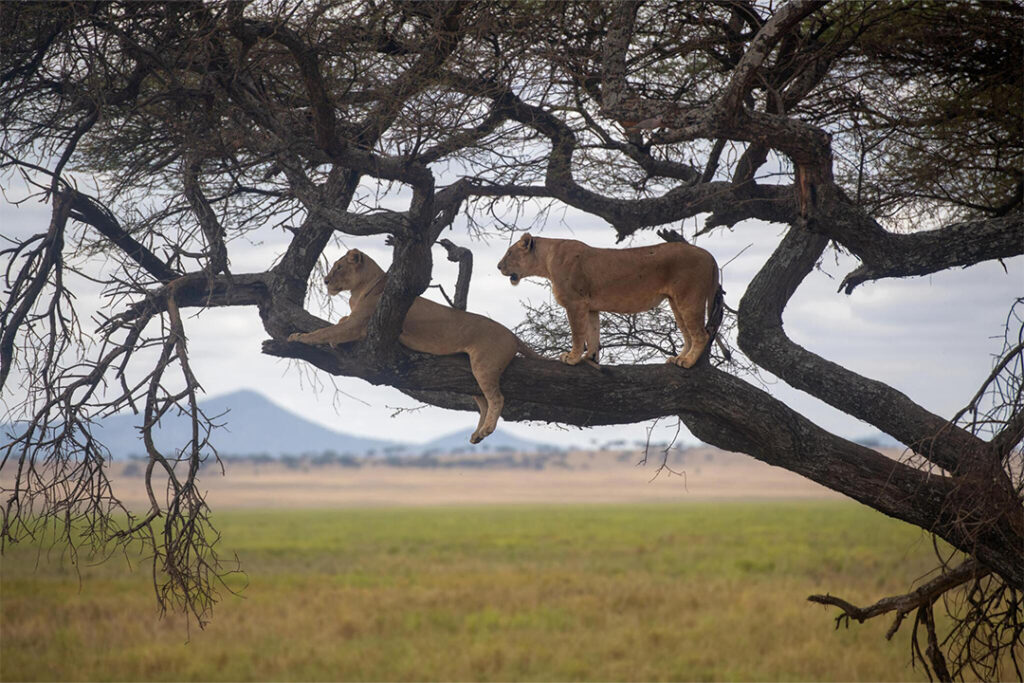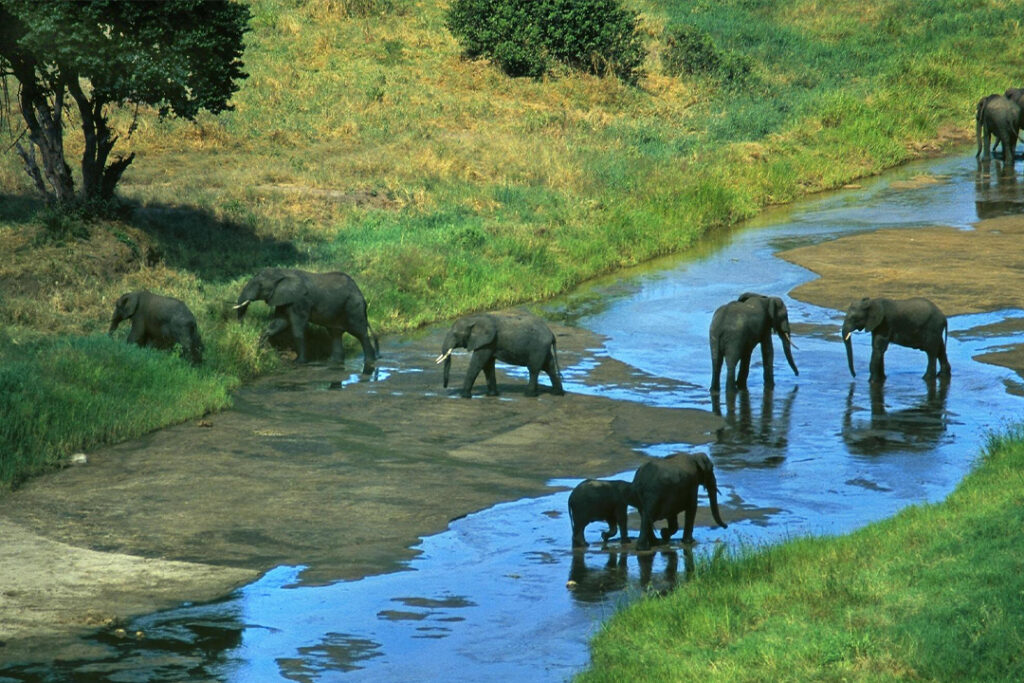TANZANIA NATIONAL PARKS
TARANGIRE NATIONAL PARK
Tarangire National Park
Tarangire National Park is a renowned wildlife sanctuary located in northern Tanzania, approximately 120 kilometers southwest of Arusha. Named after the Tarangire River that flows through it, the park covers an area of approximately 2,850 square kilometers. It is famous for its large elephant herds, baobab trees, diverse wildlife, and picturesque landscapes.
The park’s vegetation consists of riverine forests, swamps, savannah, and acacia woodlands, providing habitats for a wide variety of animal species. Alongside elephants, Tarangire is home to lions, leopards, cheetahs, giraffes, zebras, wildebeests, and numerous bird species, making it a popular destination for wildlife enthusiasts and birdwatchers.
Visitors to Tarangire National Park can enjoy a range of activities, including game drives, birdwatching, nature walks, and cultural visits to nearby Maasai villages. The park offers a quieter and more intimate safari experience compared to some of Tanzania’s more popular destinations, making it an ideal choice for those seeking off-the-beaten-path adventures in the African wilderness.



What Makes Tarangire national park Unique?
Elephant Migration and Concentration: Tarangire is famous for its large population of elephants, with the park hosting one of the highest concentrations of these majestic creatures in Tanzania. During the dry season, thousands of elephants migrate to the park in search of water, offering incredible opportunities for elephant sightings.
Iconic Baobab Trees: The park is dotted with ancient baobab trees, which create a striking and iconic landscape. These towering trees add to the park’s scenic beauty and provide a dramatic backdrop for wildlife photography.


Why Should You Visit the Tarangire?
You should visit Tarangire National Park for its remarkable wildlife viewing opportunities, stunning landscapes, and unique experiences. The park is renowned for its large elephant herds, offering exceptional sightings of these majestic creatures against the backdrop of iconic baobab trees. Beyond elephants, Tarangire boasts diverse wildlife, including lions, leopards, cheetahs, and over 500 bird species, making it a paradise for wildlife enthusiasts and birdwatchers alike.
When is The Best Time to Visit Tarangire National Park?
The best time to visit Tarangire National Park is during the dry season, which runs from June to October. During this period, the vegetation is sparse, and wildlife congregates around the Tarangire River, providing excellent opportunities for game viewing. The dry season also offers comfortable weather with sunny days and cooler temperatures, making it an ideal time for safaris and outdoor activities. Additionally, from July to September, the park witnesses the largest concentration of wildlife as animals migrate from surrounding areas in search of water, creating spectacular wildlife sightings.

Tarangire National Park
Tanzania is renowned for its stunning natural beauty, including Mount Kilimanjaro, the Serengeti National Park, and Zanzibar’s pristine beaches. It’s also known for its diverse wildlife, particularly the annual Great Migration of wildebeest and other herbivores.
Swahili and English are the official languages of Tanzania. Swahili is widely spoken across the country, while English serves as the primary language for government, business, and education.
Most visitors to Tanzania require a visa, which can be obtained upon arrival at major airports and border crossings. However, it’s advisable to check the specific visa requirements based on your nationality before traveling.
The official currency of Tanzania is the Tanzanian shilling (TZS). Major credit cards are accepted in larger cities and tourist areas, but it’s advisable to carry cash for transactions in more remote areas.

